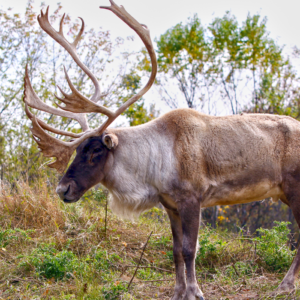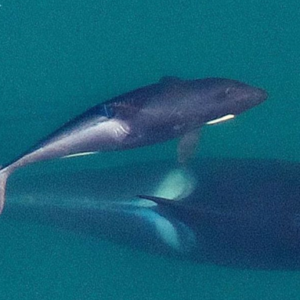Failure to Protect: Grading Canada’s Species At Risk Laws
Sarah Kirkpatrick-Wahl is a volunteer at Nature Canada. Read her guest blog posts on conserving large cats in Belize and in western Canada’s Cypress Hills Interprovincial Park.
Based on comments recently made by Environment Minister Kent here (last paragraph) and here, the Canadian government is discussing making changes to the Species At Risk Act (SARA ) this fall. SARA was passed in 2002 to protect species at risk from becoming endangered or extinct in Canada, and to provide for their recovery. More than 600 species are currently listed as at risk in Canada and receive protection under SARA. Although the federal government claims these changes will make the Act more “effective” many fear significant amendments could actually weaken the law’s protections and thus its ability to conserve and recover species at risk.
EcoJustice recently addressed this concern by evaluating how well Canada’s federal, territorial and provincial governments are currently fulfilling their responsibility to protect Canada’s at-risk species and the habitat on which they rely. In the report Failure to Protect: Grading Canada’s Species At Risk Laws released on Oct 3rd, EcoJustice grades each of these governments based on four cornerstone actions which the organization argues will give vulnerable species a reasonable chance of survival and recovery:
1. Identify species that need help
2. Don’t kill them
3. Give them a home
4. Help them recover
The results of this pan-Canadian evaluation are not encouraging.
The Government of Canada received a C- mainly due to frequent and extreme delays in listing species and identifying Critical Habitat where required. The federal government also lost points because the actual listing of a species as at risk is discretionary, even if extensive scientific assessment for the species clearly indicates there is a risk of extinction. As well, there is insufficient protection for listed species other than migratory birds and aquatic species that do not occur on federal lands.
British Columbia, Alberta, Saskatchewan and the Yukon all received a failing grade mainly due to the fact that none of these regions has a specific law to protect endangered wildlife.
Ontario received the highest grade of all, which is still only a C+. In 2007 Ontario passed the Endangered Species Act which was expected to be the strongest of its kind created. The Act balances a strong, science based approach with flexible recovery actions that adjust to socio-economic priorities. However despite the mandatory listing of the habitats required by each species, the actual description of the habitats is flexible and discretionary, and although the Act requires government to respond in a timely manner to habitat listing recommendations, response statements have been weak and redundant.
Nova Scotia received the second highest grade, a C. The grade was mainly based on the fact that Nova Scotia has an Endangered Species Act which not only determines whether to list species on the basis of scientific information and traditional knowledge, but also provides some habitat protection.
The federal government has argued that environmental protection should be a provincial rather than a federal responsibility. From this report it seems clear that the provinces and territories do not have the necessary and equivalent laws in place or the ability to implement these laws to adequately protect Canada’s imperiled species.
We and other ENGOs hope the federal, provincial and territorial governments see this as an opportunity to strengthen their endangered species legislation and how it is implemented not only for the species at risk which rely on management for recovery, but also for all Canadians so we can continue to enjoy the wonderful natural heritage this country has to offer.
EcoJustice has also created a petition to tell the federal government that Canada can, and must, do better for our wildlife at risk.



